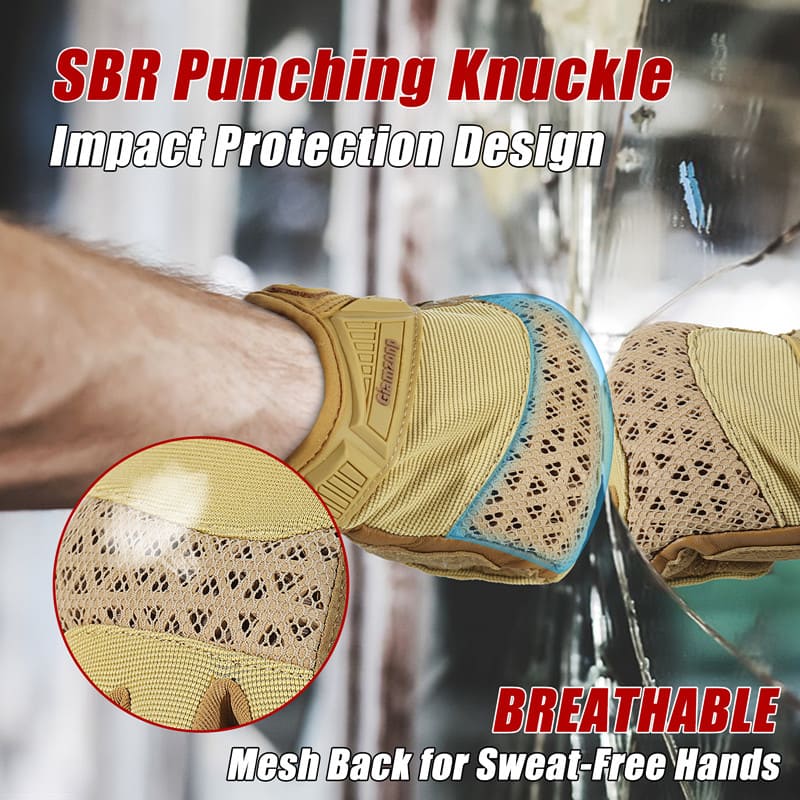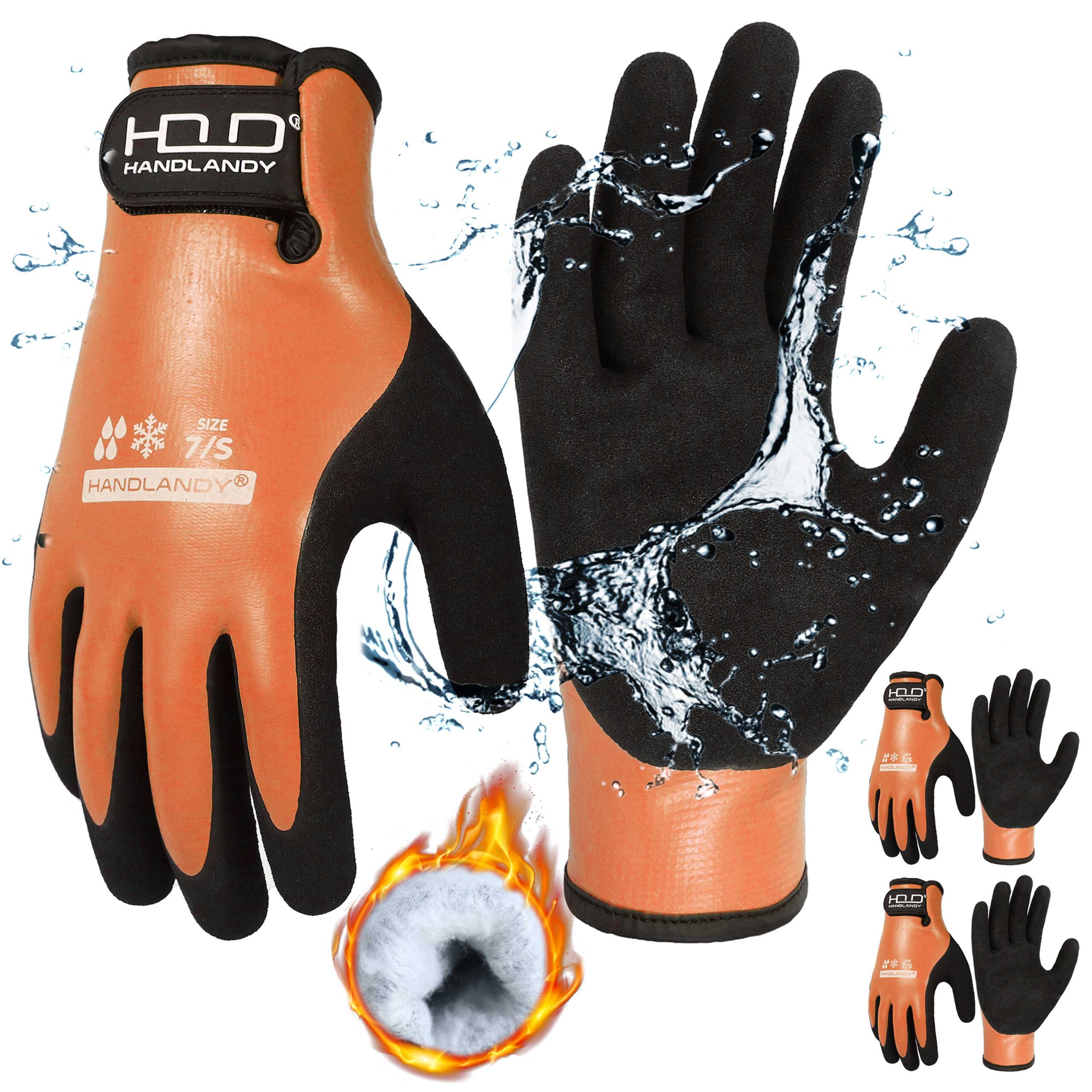EN 388 is the European standard that evaluates the mechanical protection of gloves, including impact resistance. It helps users choose gloves that match specific safety needs, such as resistance to abrasion, cuts, tears, punctures, and impacts.
What Does EN 388 Measure?
EN 388 evaluates gloves across several categories, each with a specific performance level:
- Abrasion Resistance (1-4): Measures how well the glove material withstands wear and tear.
- Cut Resistance – Coup Test (1-5): Tests the glove’s resistance to cutting by a rotating blade.
- Tear Resistance (1-4): Assesses the force needed to tear the material.
- Puncture Resistance (1-4): Evaluates how much force is required to pierce the glove.
- Cut Resistance – TDM Test (A-F): A straight-blade test introduced in 2016; ‘A’ is the lowest, and ‘F’ is the highest resistance.
- Impact Protection (P): Indicates whether the glove has passed the optional impact protection test (‘P’ means it passed).
Why is Impact Protection Important?
Impact-resistant gloves reduce the risk of injuries caused by blunt force. Industries like construction, manufacturing, and oil and gas often require gloves with impact protection. The EN 388:2016 standard includes an optional impact test that checks how well gloves can absorb and distribute impact energy.
How to Choose Gloves with EN 388 Ratings
- Assess Your Work Environment: Identify the risks—are you dealing with sharp objects, heavy tools, or high abrasion surfaces?
- Check EN 388 Ratings: Select gloves with appropriate levels for abrasion, cut, tear, puncture, and impact resistance.
- Fit and Comfort: Ensure the gloves fit well for maximum dexterity and long-term comfort. Poorly fitted gloves can reduce efficiency and safety.
Key Changes in EN 388:2016
The 2016 revision introduced two major updates:
- TDM Cut Test: This test provides more accurate ratings for gloves made of advanced materials that can dull blades during the coup test.
- Impact Protection Test: An optional test that allows manufacturers to certify gloves for impact resistance. Gloves passing this test are marked with ‘P.’
Example: Decoding EN 388 Ratings
A glove marked EN 388: 4X43P means:
- Abrasion resistance: 4 (highest level)
- Coup test cut resistance: X (not tested)
- Tear resistance: 4 (highest level)
- Puncture resistance: 3
- Impact protection: Passed (‘P’)
Why EN 388 Matters
EN 388 standards ensure gloves meet specific safety benchmarks, giving users confidence in their protection. For example:
- Construction workers need gloves with high abrasion and tear resistance.
- Oil and gas workers prioritize impact and puncture protection.
By understanding EN 388 ratings, businesses can choose gloves tailored to their specific needs, reducing risks and improving safety.
In summary, EN 388 standards provide clear guidelines for selecting gloves with the right level of mechanical protection, including impact resistance. Whether you’re a safety manager or a worker, these ratings help ensure you’re using the right gloves for the job.









2 Responses
Эта обзорная заметка содержит ключевые моменты и факты по актуальным вопросам. Она поможет читателям быстро ориентироваться в теме и узнать о самых важных аспектах сегодня. Получите краткий курс по современной информации и оставайтесь в курсе событий!
Подробнее тут – https://vivod-iz-zapoya-1.ru/
Большое спасибо за рекомендацию-мы были так счастливы, зная, что наш сайт помог вам.
Мы будем продолжать предоставлять качественное содержание! Пусть все будет хорошо!